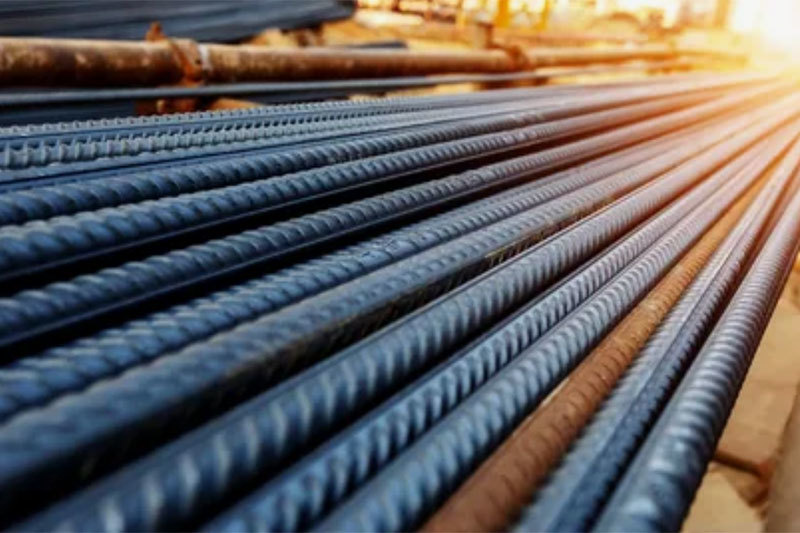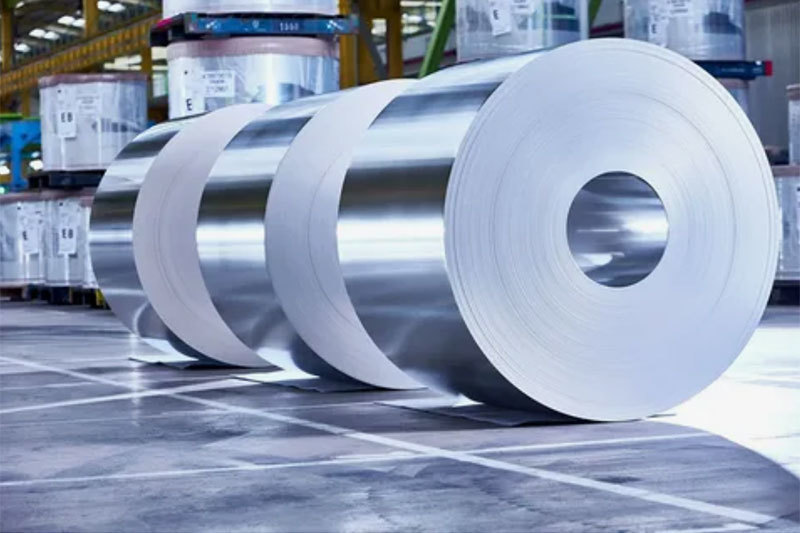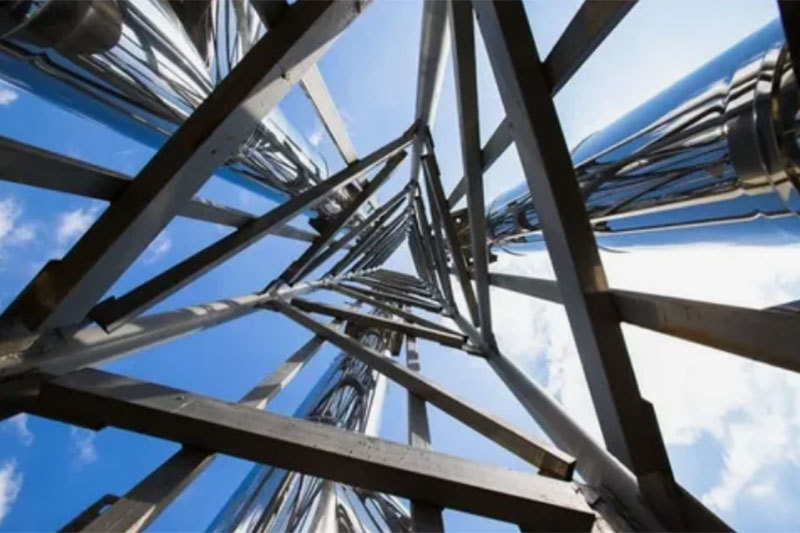How is Shaanxi 304 stainless steel capillary tube produced?
Here is the title one h1 placeholder text
2024-12-02
The production process of 304 stainless steel capillary tubes usually includes the following steps3:
- Material preparation :
Select suitable stainless steel materials, such as 304 stainless steel3.
Cutting and cleaning according to customer requirements3.
- Welding and forming :
The stainless steel strip is pressed and rotated with rollers to warp both ends4.
The pressed steel strip is rolled into a circular shape and welded into a tube4.
- Weld seam leveling :
For capillary tubes with smaller diameters, special techniques are used for weld seam leveling4.
Ensure the weld seam is flat to maintain the sealing and appearance quality of the tube.
- Precision processing :
Cold drawing the welded capillary tube to achieve the desired diameter and wall thickness4.
Perform cutting, grinding, polishing, and other processes to ensure the surface quality and dimensional accuracy of the tube3.
- Cleaning treatment :
Clean the processed capillary tubes to remove surface oil and impurities3.
Ensure the purity and corrosion resistance of the tubes3.
- Testing :
Conduct appearance inspection, dimensional measurement, and chemical composition analysis on the processed capillary tubes3.
Ensure the product meets customer requirements and industry standards.
- Cutting :
- Cut the capillary tubes to specific lengths according to customer requirements1.
Key words:
Related News
What are the uses of titanium rods?
2024-09-02
Efficient protection of steel structure silo lining structure
2024-07-23
Research on Digital Delivery Data Organization of Iron and Steel Metallurgical Engineering
2024-07-23
Cross-border integration also needs multi-party support
2024-07-23











